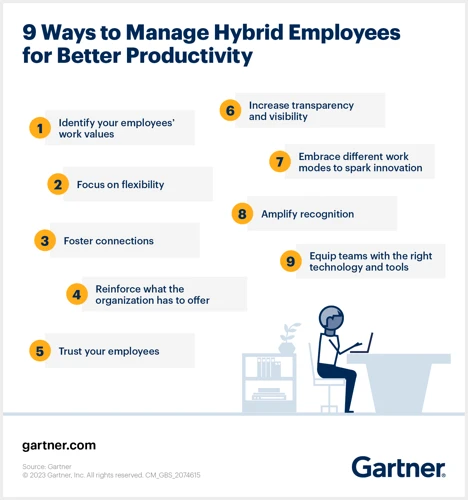Employee productivity is a crucial aspect of any business’s success. Monitoring employee productivity has traditionally been done through various methods such as performance reviews, time tracking software, and task management tools. However, a new trend in the workplace is emerging – employee productivity video monitoring.
What is Employee Productivity Video Monitoring?

Employee productivity video monitoring is a practice where employers use video surveillance technology to track and monitor their employees’ activities in the workplace. This can include monitoring computer screens, tracking movements within the office space, and even recording interactions between employees and customers.
Benefits of Employee Productivity Video Monitoring
1. Increased Accountability: With video monitoring, employees are more likely to stay on task and avoid distractions knowing that their actions are being recorded.
2. Improved Productivity: By identifying inefficiencies in workflow or time wastage, employers can make adjustments to improve overall productivity.
3. Enhanced Security: Video monitoring can also help in ensuring workplace security by deterring theft and inappropriate behavior.
Challenges of Employee Productivity Video Monitoring
1. Privacy Concerns: Employees may feel their privacy is being invaded by constant video surveillance, leading to decreased morale and trust.
2. Legal Implications: Employers need to ensure they are complying with local laws and regulations regarding video monitoring to avoid legal issues.
3. Misuse of Data: There is a risk of the recorded data being misused or misinterpreted, leading to unfair treatment of employees.
Best Practices for Implementing Employee Productivity Video Monitoring
1. Transparent Communication: Employers should clearly communicate to their employees the reasons for implementing video monitoring and how the data will be used.
2. Limitations on Monitoring: Employers should establish clear guidelines on what will be monitored and ensure that sensitive areas such as restrooms are off-limits.
3. Data Security: Ensure that the recorded data is stored securely and only accessible to authorized personnel to prevent data breaches.
Case Studies on Employee Productivity Video Monitoring
1. Company A implemented video monitoring in their call center and saw a 10% increase in call resolution rates due to improved employee focus.
2. Company B installed video surveillance in their retail stores and were able to identify and prevent multiple instances of theft, saving the company thousands of dollars.
The Future of Employee Productivity Video Monitoring
As technology continues to advance, we can expect to see more sophisticated video monitoring systems that use AI and machine learning to analyze employee behavior and provide real-time insights for employers.
Concerned about the ethics of employee video monitoring? Want to learn more about how it can impact company culture and productivity? Explore our articles on ethical considerations in employee video monitoring, video monitoring’s effects on company culture, and AI advancements in video monitoring. You can also read about some top cases related to employee video monitoring to gain a comprehensive understanding of this topic!
Conclusion

Employee productivity video monitoring is a controversial topic that raises questions about privacy, ethics, and effectiveness. While it can offer benefits in terms of accountability and security, it is essential for employers to implement such systems thoughtfully and ethically to maintain a positive work environment and avoid potential legal issues.







